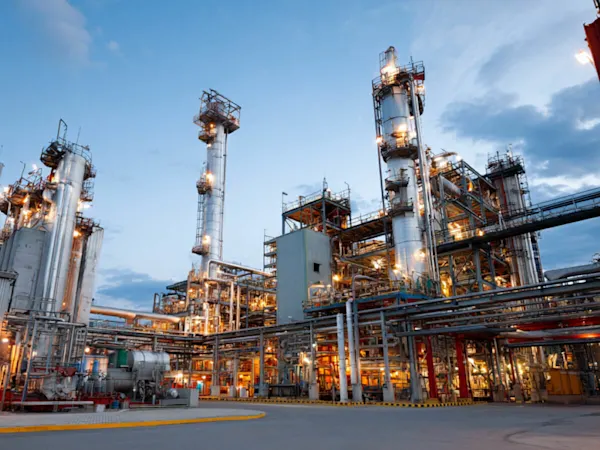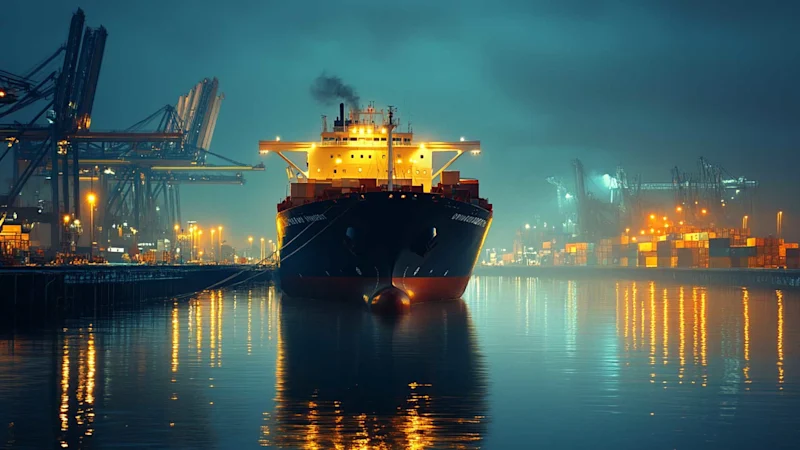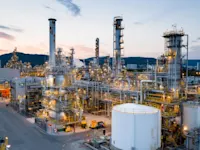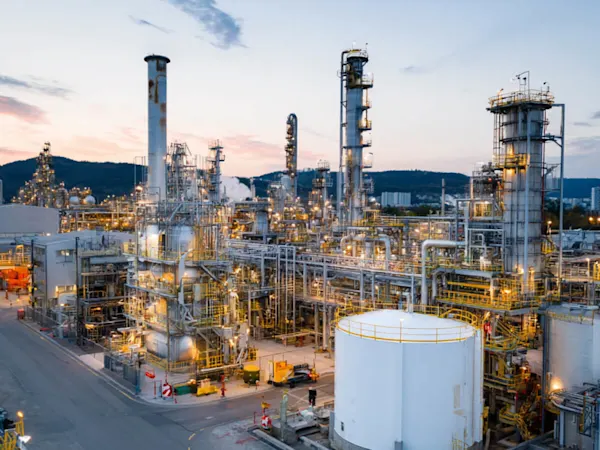
ChemSec Adds Neurotoxicants to SIN List in Landmark Step for EU Chemicals Regulation
ChemSec updates the SIN List with neurotoxicants, spotlighting brain-damaging chemicals and urging EU regulators to act swiftly on these hidden threats.


The OECD has released a detailed report outlining the challenges of managing hazardous substances in port areas, following a seminar series held on 27-28 June 2023. The report highlights the need for clearer governance, improved emergency preparedness, and enhanced risk management, particularly in response to recent chemical accidents in ports worldwide.
The newly published report from the OECD, titled Management of Hazardous Substances in Port Areas, responds to growing concerns about chemical accidents in ports. The report draws on findings from a seminar series organised by the OECD Working Party on Chemical Accidents (WPCA), alongside surveys conducted with participating countries. It addresses the primary risks and proposes solutions to strengthen safety protocols in ports that handle dangerous materials.
A significant finding from the report is the challenge of managing hazardous substances in ports, given their complex infrastructure and the involvement of multiple regulatory bodies. This complexity often leads to confusion over who holds authority, leaving gaps in safety measures that can result in disasters such as the Beirut port explosion in 2020 and the chlorine leak in Aqaba, Jordan in 2022.
Ports are high-risk zones, handling vast quantities of hazardous goods, including chemicals, oil, and gas. One of the critical vulnerabilities identified in the report is the management of substances in temporary storage. Hazardous materials often remain in port facilities longer than expected, increasing the likelihood of accidents.
The report underscores the need for better emergency preparedness and response plans in port areas. Many ports lack the necessary infrastructure and coordination for effective responses to chemical accidents. The OECD recommends regular training exercises for all stakeholders and improved communication systems to ensure real-time monitoring of hazardous substances.
As ports continue to expand, accommodating new energy sources such as hydrogen and ammonia, the report identifies emerging risks that require urgent attention. Ports will need to develop robust risk management strategies to handle these new materials safely. Moreover, the increasing frequency of extreme weather events, driven by climate change, adds to the challenges, as ports are often located in vulnerable coastal regions.
The OECD's survey also highlights concerns around the definition and management of "temporary storage" for hazardous substances. Different countries interpret this term in varying ways, leading to inconsistencies in how these materials are handled. Additionally, many respondents noted difficulties in fostering cooperation between port operators, which further complicates efforts to manage risks effectively.
The report calls for global coordination and compliance with international frameworks such as the UN Globally Harmonised System of Classification and Labelling of Chemicals (GHS) and the International Maritime Dangerous Goods (IMDG) Code. Standardising safety protocols across ports is essential to prevent accidents, which can have cross-border impacts.
Foresight continuously tracks 1000s of sources and maps updates to your portfolio:




ChemSec updates the SIN List with neurotoxicants, spotlighting brain-damaging chemicals and urging EU regulators to act swiftly on these hidden threats.

OECD’s new chemical data sharing guide promotes fair access, transparency, and regulatory alignment—helping companies reduce duplication and meet compliance obligations globally.

The updated GHS Rev. 11 introduces major labelling changes for climate hazards and skin sensitisation. Key for global chemical compliance in 2025.
Subscribe to Foresight Weekly and get the latest insights on regulatory changes affecting chemical compliance.
Free forever. Unsubscribe anytime.
Read by professionals at